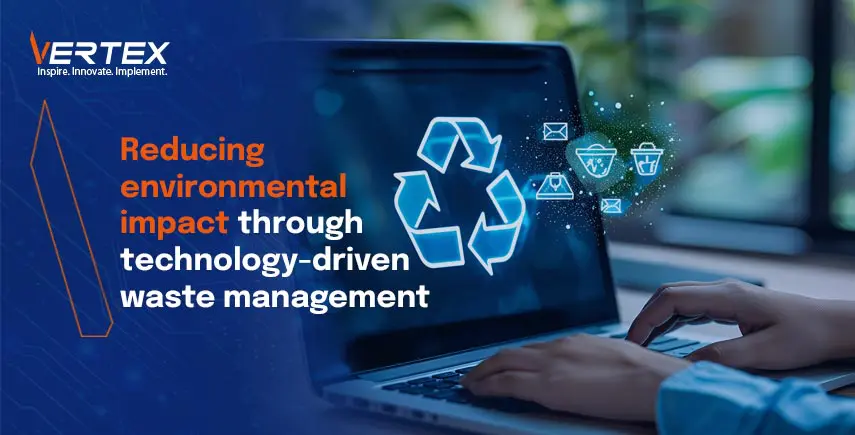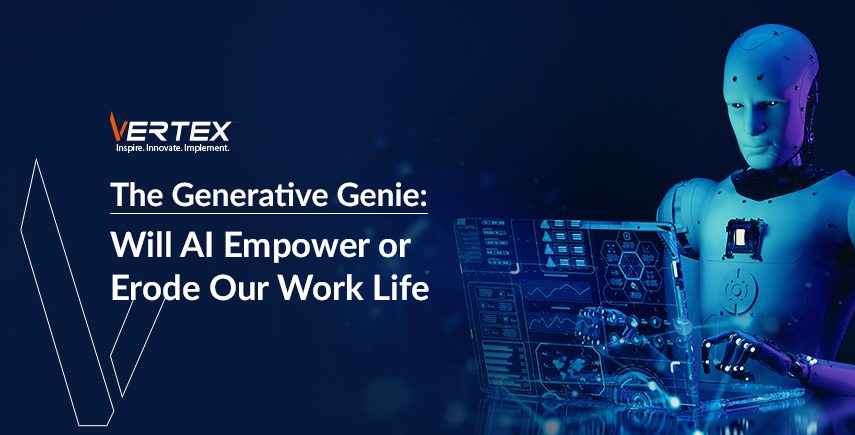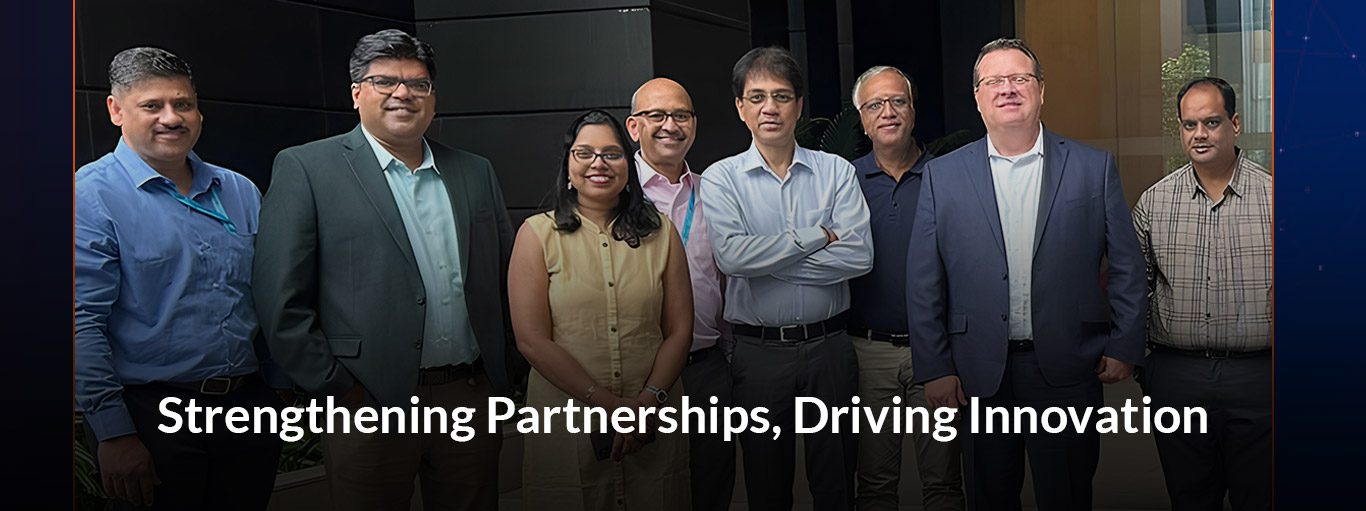
Manish Bharti
September 09, 2024Reducing Environmental Impact Through Technology-Driven Waste Management
Technology-driven waste management is a concept that aims to effectively operate the waste collection and handling processes through the implementation of modern, innovative solutions.
This has become a prime concern globally with the surge in the waste generated.
A model report by the UN depicts that preventing waste generation and optimally managing it can bring expenses down to nearly USD 270.2 billion.
Reducing environmental impact through technology-driven waste management
According to a report by Statista, by the year 2050, global waste may leap up to nearly 3.8 billion tons.
Smart Waste Management, through futuristic solutions and advanced automated systems, aims to lower the impact on the environment and pave the way for a greener planet.
Let’s delve into the highly developed methodologies of efficiently collecting, sorting, and handling waste.

Softwares optimizing routes
The routes of the garbage trucks can be regulated according to the traffic and road situations using a GPS tracking system.
- This helps the companies to trace the trucks and ascertain their speed and location.
- It enhances estimating the arrival time of these garbage trucks.
- Route optimization saves their time navigating between the stops.
- It lowers fuel costs through less number of trips, leading to fewer units of pollution.
Internet of Things (IoT)
Garbage trucks and bins set up with ultrasonic and weight sensors keep a check on the garbage level. The IoT technology provides real-time data on how much garbage is filled in the bins or trucks.
- It helps companies to manage the schedule for collecting waste.
- The waste collector makes trips to stops that actually have waste, detected with the help of these sensors.
- IoT transforms the traditional waste management process elsewise based on manual estimations, resulting in extra unnecessary trips.
Artificial intelligence
AI-enabled systems facilitate and quicken the segregation of waste. The smart technology accurately differentiates and sorts the waste, be it metal or plastic.
- AI Robotics helps in efficiently diverting the recyclable waste otherwise deposited in landfills.
- They perform smoothly on conveyor belts with repetitive sorting of particular waste items.
- They can function for longer hours and speed up the sorting process.
- AI plays a huge role in forecasting the buildup pattern of waste based on consumption habits, weather, etc.
- Artificial intelligence can be tapped into to detect unauthorized dumping with the aid of satellite images.
Data analysis
Analytics is a reliable source for making logistical decisions about waste. They bring about enhanced rates of waste diversion if optimized well.
- Predictive Analytics can be applied to anticipate the space required by the garbage trucks to accommodate waste at every stop.
- This lowers the possibility of the truck getting overloaded before covering all the stops.
- It also reduces the need to drive to the disposal facility to make space for collecting waste.
- Data-driven decisions aid in recognizing regions producing maximum waste that may require necessary education campaigns about waste practices.
- It also backs operations influenced by unforeseen natural or economic events and promotes the management of resources.
Self-driven garbage truck
Automated loader garbage trucks are a boon to waste management companies. Post-pandemic, there has been a crunch in workers’ availability.
- Self-driven trucks help meet labour crises and cost-efficiency.
- It reduces the risks of physical injury in handling heavy waste or waste containing unidentified toxins.
- It streamlines and quickens the waste collection process.
- Automated garbage trucks can monitor upcoming maintenance requirements, which cuts the chances of breakdown and downtime.
Smart Bins
Bins familiar with modern technology are widely known as Smart Bins. Apart from having IoT sensors, they have other exceptional features too.
- Bins can be equipped with compressors functioning through solar energy. The compactors crush the garbage in the bin, making space to fit more volumes. It enables the bins to hold nearly five times extra, contrary to standard bins.
- Smart bins also have the functionality of segregating waste by themselves.
- Using the cloud, a low-power consuming messaging protocol can be established with the Smart Bin. This portal would work for sharing data with the subscribers of this protocol.
Mobile Applications
Mobile applications serve as a bridge of communication between waste producers and managers. It helps:
- To make people aware of the importance of properly dispensing waste.
- To receive feedback from the users regarding any inconveniences faced with waste collecting service.
- To create a holistic system of handling recyclable waste at the primary level through applications. This includes being notified about the needy individuals or local recycling hubs and encouraging ease in donations.
Wrapping Up
Emerging technologies have restructured the waste management system. From advanced recycling plants for obtaining resources through recyclable waste to having software for insights into waste collection, innovation has come a long way.
The sole motive here is to safeguard the environment. Hence, businesses that walk at equal speed with technology while taking care of ecological balance will be the leaders in digital transformation.
Recent Blogs

28 April, 2025

21 April, 2025

14 April, 2025

7 April, 2025

24 March, 2025

17 March, 2025

10 March, 2025

3 March, 2025
Recent News

2 February, 2025

14 November, 2024

4 November, 2024

1 August, 2024

6 March, 2024

28 February, 2024

12 June, 2023



